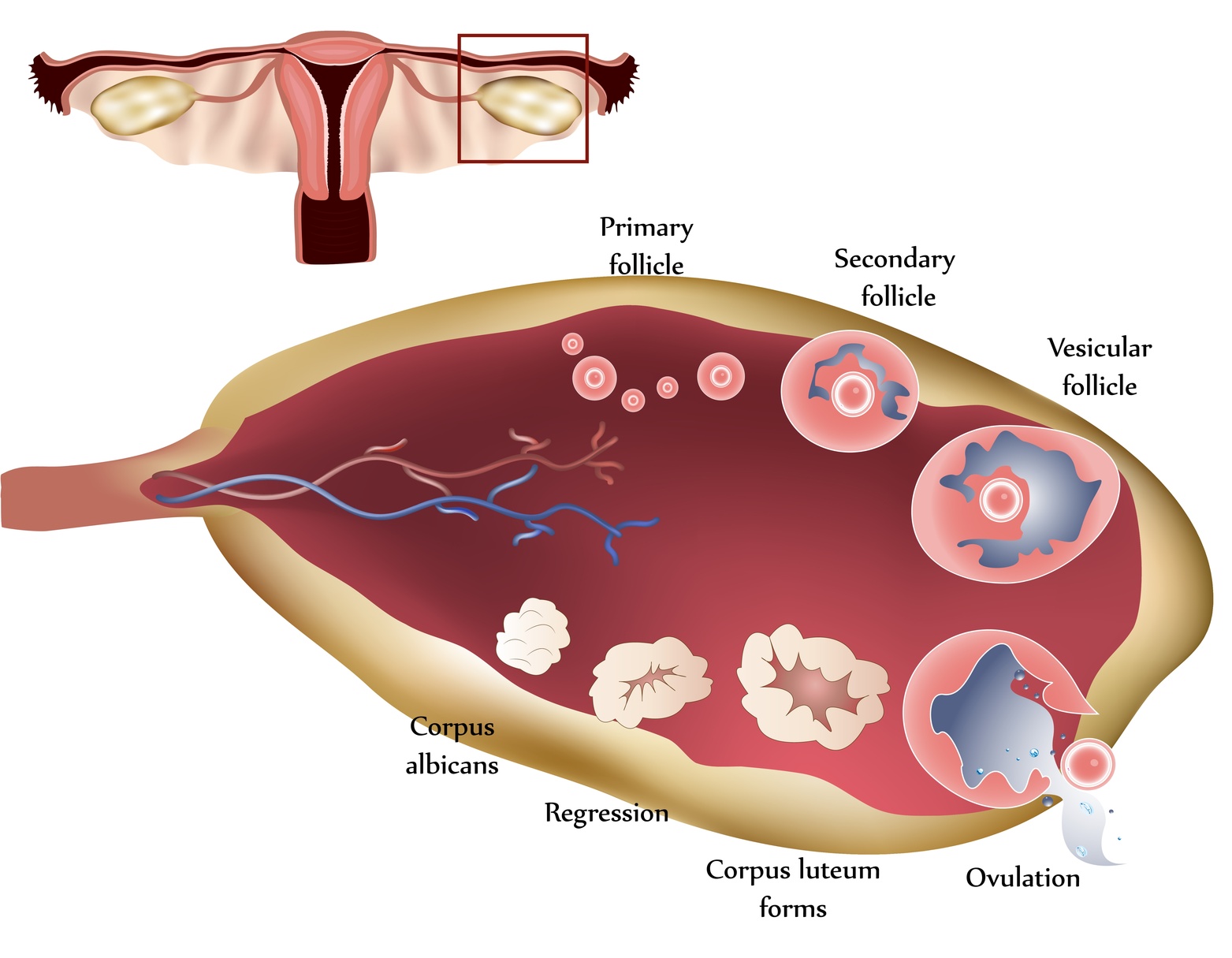12 Signs That You Are Ovulating
Is it finally time to “do the deed” in hopes of making a baby? The only way you will know for sure is if you are tracking the signs of ovulation – and know exactly what to look for. Some of the signs are obvious for everyone and others are more subtle, or even non-existent for other women. First, we will cover the signs that anyone can check. Next, we will take a look at the signs only a few experience. If you are one of the lucky ones who do experience these signs, it could be another way to know when it is time for the baby-making dance.
01. Basal Body Temperature Increase
You will not notice the change in your temperature unless you are paying very close attention. And to pay such close attention, you must take your temperature first thing in the morning every day of your cycle. Your temperature should rise after ovulation. This increase will only be about 0.5 to 1 degree Fahrenheit, but it will remain elevated through the end of your cycle. This can help you know when you have ovulated and help predict ovulation in future cycles. Most women track for a month or two before they get the hang of this method, so it is best to start tracking before you start trying to conceive, if that is possible.
02. Cervical Changes
You are probably surprised to learn about all the changes your body goes through every single month in preparation for pregnancy. Your cervix actually changes during your cycle. Before you are fertile your cervix will be lower in the vagina and feel hard, dry and closed. As you approach your most fertile days it changes position and opens and feels softer and wetter. This is known as SHOW (soft, high, open and wet). This change allows sperm to enter the uterus.
03. Cervical Mucus (CM) Increase
When you are at your most fertile, this is often the most obvious sign. Many women notice the increase in cervical mucus on the toilet tissue, whether they are tracking ovulation or not. It is important to note, though, that the amount of cervical mucus varies by woman and sometimes by cycle and it usually has no relation to fertility. So do not be worried if you have never noticed CM before. If you still do not notice it, you may insert a clean finger into your vagina to feel for it. You should be able to recover CM that is about as fluid as raw egg white and can be stretched between your finger and thumb. Before you reach your fertile phase you may not notice any CM, as you approach ovulation you may notice it change from dry to sticky to creamy before resembling raw egg white.
04. Positive Result on an OPK
Over-the-counter ovulation predictor kits will tell you exactly when you are about to ovulate based on the amount of Luteinizing Hormone (LH) that is present in your urine.
05. Saliva Ferning
When you are at your most fertile, your saliva will have a pattern that is called ferning. It looks somewhat like a snowflake pattern, and it can only be seen under a microscope. You do not need a special microscope to see it. It just needs to be able to magnify enough (some children’s toys may not work).
06. Abdominal Bloating
No one likes to bloat, but if you have noticed some extra water weight between periods, it may be due to ovulation.
07. Increased Sex Drive
When you are entering the time for the “baby dance”, you may naturally feel inclined to do so. Consider it as your hormones working in favor of procreation.
08. Headaches and/or Nausea
Some women are more sensitive to hormonal changes than others. These women may experience some unwanted side effects during ovulation, such as headaches or nausea.
09. Sharper Senses
If you notice that you can see, hear and taste better between periods, it is probably due to ovulation. In other words, don’t get used to it.
10. Light Spotting Between Periods
A little spotting between periods may be a sign of ovulation, so don’t worry unless it gets to be more like the flow of your period.
11. Abdominal Cramping
A select few lucky ladies experience cramping pain during ovulation. This pain is called Mittleshmerz for the German words that mean “middle” and “pain.” The pain can vary in length and intensity, but it can be used as another sign that you are ovulating.
12. Tender or Sore Breasts
Because of the hormones surging through your body during ovulation, you may experience some breast tenderness. This would be similar to what you experience during your menstrual period, but it should only last a day or two.
In summary, knowing how to identify your natural fertility signs will increase your chances of conception. It can also help to track these signs through programs like Ovulation Calculator, which is a tool that uses data you enter to predict when you are ovulating. They are not 100% accurate, but they can help.




